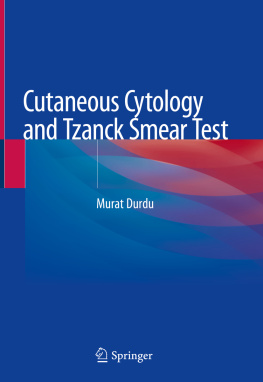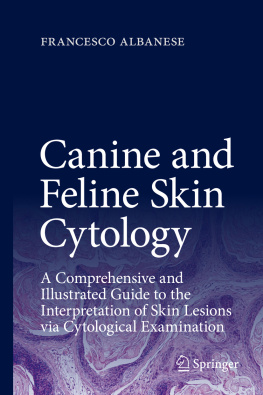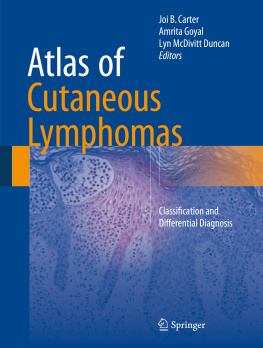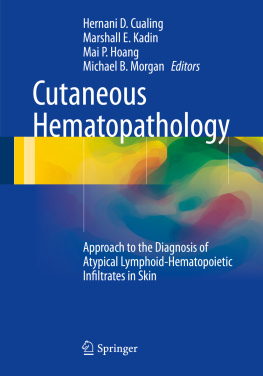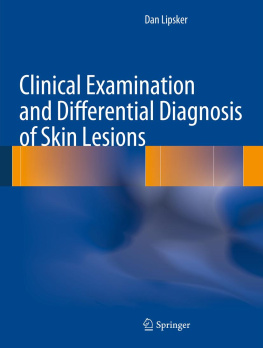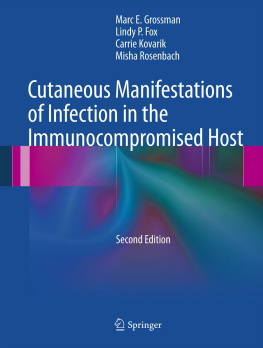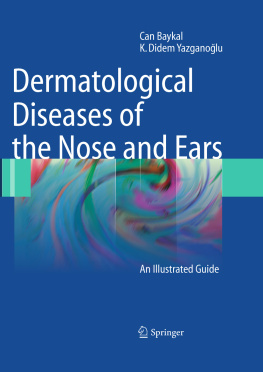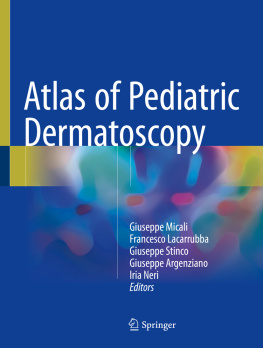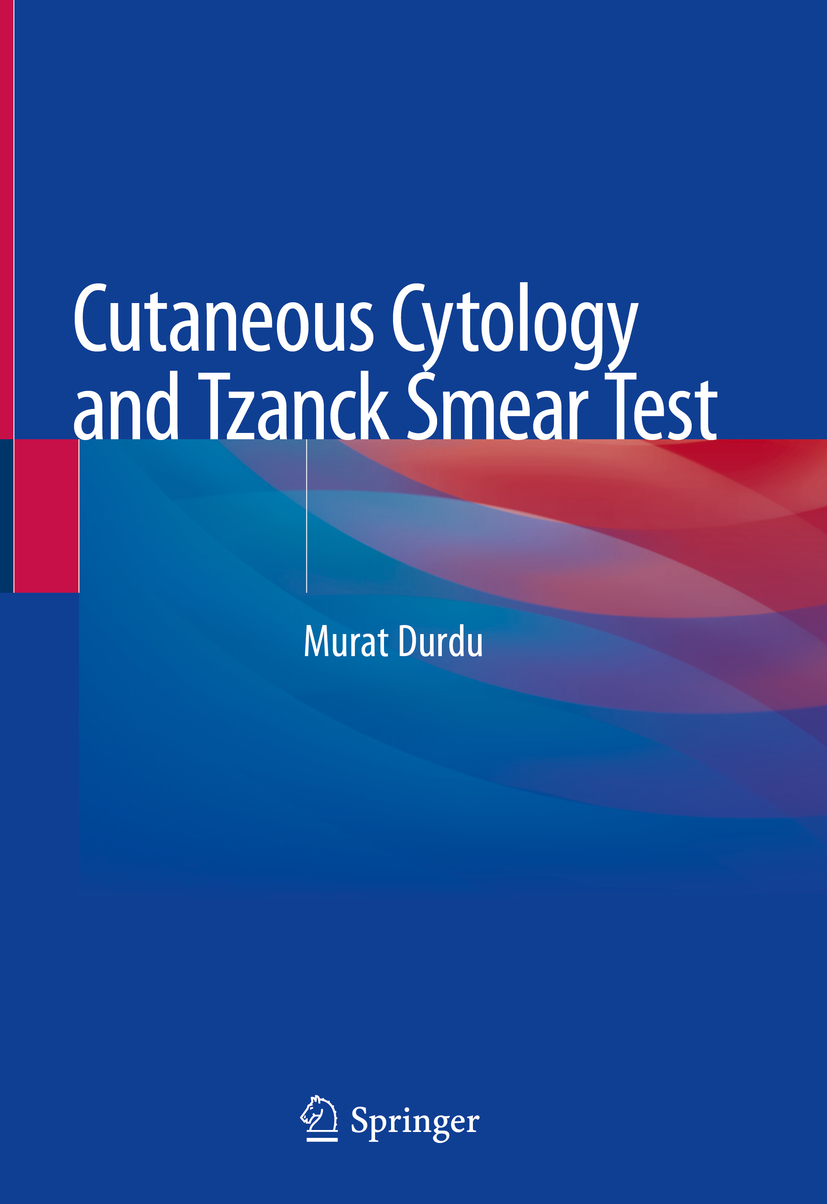Murat Durdu
Department of Dermatology, Faculty of Medicine, Adana Dr. Turgut Noyan Research and Treatment Centre, Baskent University, Adana, Turkey
ISBN 978-3-030-10721-5 e-ISBN 978-3-030-10722-2
https://doi.org/10.1007/978-3-030-10722-2
Library of Congress Control Number: 2019933882
Springer Nature Switzerland AG 2019
This work is subject to copyright. All rights are reserved by the Publisher, whether the whole or part of the material is concerned, specifically the rights of translation, reprinting, reuse of illustrations, recitation, broadcasting, reproduction on microfilms or in any other physical way, and transmission or information storage and retrieval, electronic adaptation, computer software, or by similar or dissimilar methodology now known or hereafter developed.
The use of general descriptive names, registered names, trademarks, service marks, etc. in this publication does not imply, even in the absence of a specific statement, that such names are exempt from the relevant protective laws and regulations and therefore free for general use.
The publisher, the authors, and the editors are safe to assume that the advice and information in this book are believed to be true and accurate at the date of publication. Neither the publisher nor the authors or the editors give a warranty, express or implied, with respect to the material contained herein or for any errors or omissions that may have been made. The publisher remains neutral with regard to jurisdictional claims in published maps and institutional affiliations.
This Springer imprint is published by the registered company Springer Nature Switzerland AG
The registered company address is: Gewerbestrasse 11, 6330 Cham, Switzerland
Preface
Many skin diseases with different etiological causes can be clinically confused with each other, and different diagnostic tests are required to distinguish these diseases. An ideal test for diagnosis should be simple, fast, inexpensive, and repeatable. Considering the advantages and disadvantages of diagnostic tests, the best diagnostic method for vesiculobullous erosive lesions and papular, pustular, nodular, and tumoral lesions is cytology. Taking samples for cutaneous cytology is painless, and therefore anesthesia is not necessary. Moreover, multiple samples can be taken from different lesions and regions where taking a biopsy is difficult. The Tzanck test or Tzank smear has some advantages in regard to cutaneous cytology; it is simple, reliable, rapid, repeatable, and inexpensive.
Despite all these advantages, however, the use of the Tzanck test is usually limited to a few diseases in daily dermatology practice. The most important reason for this is that there is no book on cutaneous cytology. Vincenzo Ruocco published an atlas containing the cytological findings of skin diseases in 1980. But his book is not available today. The purpose of this book is to provide a resource for all dermatology assistants, specialists, and academic staff. Hence, this book presents numerous pictures and algorithms to follow for reaching a cytological diagnosis based on key cytological findings.
Murat Durdu
Adana, Turkey
Acknowledgments
As the editor of this book, I would like to thank professor Gl Erkin and doctor Serkan Yaar elik for supplying histopathological pictures (Fig ). I also thank my teachers, colleagues, and friends. I greatly appreciate doctor Selen Taner for her help in English grammar. I would also like to thank my family; my wife, Figen, has been extremely supportive of me throughout my academic life.

